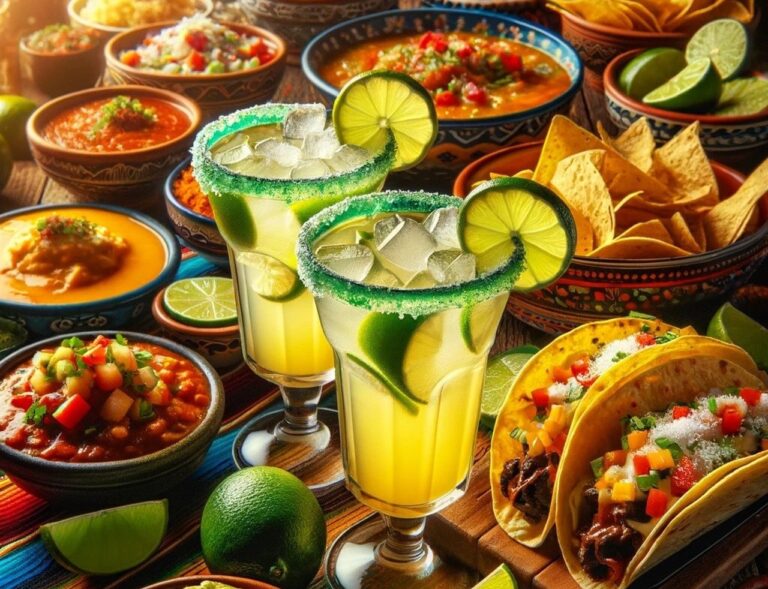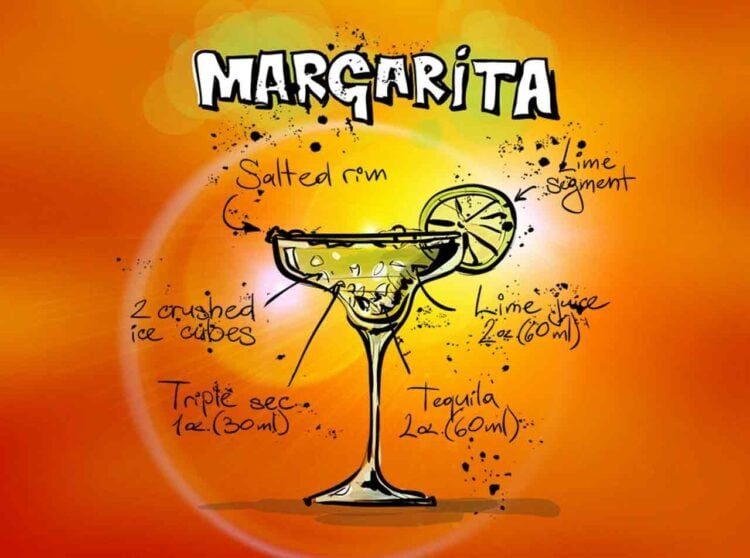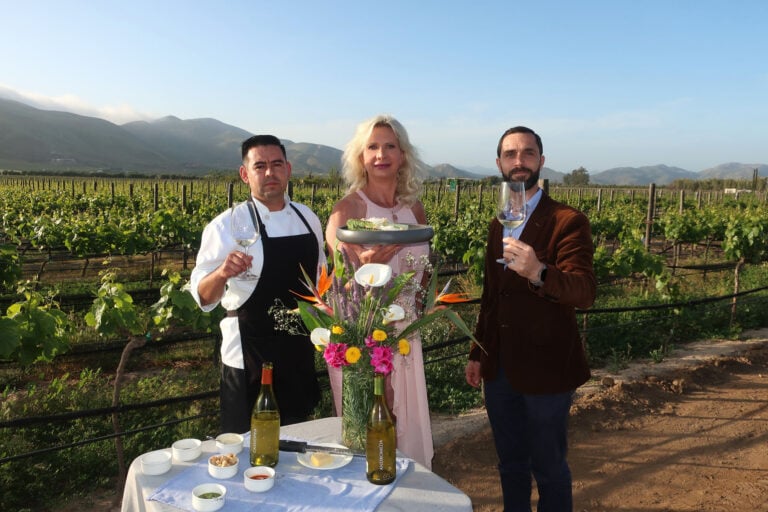The History of Thanksgiving
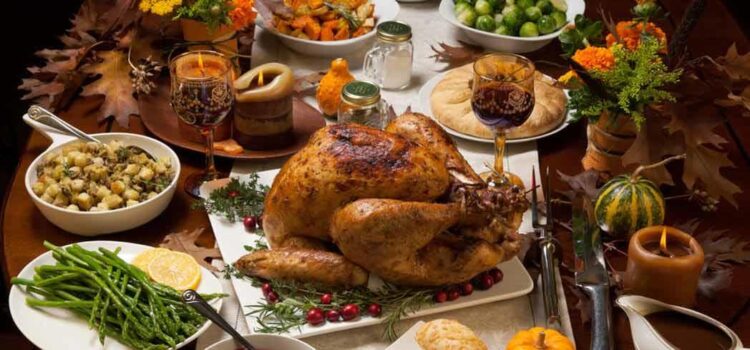
Thanksgiving is celebrated in many countries around the world as a harvest festival, a day of giving thanks for the bounty received. In the U.S., Thanksgiving is treated as an occasion to eat a massive feast with family and friends. It’s a day off of work on the fourth Thursday of the month of November.
It’s a day of stuffing, cranberry sauce, sweet potatoes and, of course, turkey. And it’s a day of many calories. An average Thanksgiving meal contains more than 3,000 calories and 130 grams of fat. In fact, between Thanksgiving and New Year’s Day, most people take in as many as 17,500 more calories than throughout the rest of the year, which can result in a five- to seven-pound weight gain. Read on to learn more about the history of Thanksgiving.
SUGGESTED READING
• GAYOT’s Thanksgiving Guide
• Gluten-free Cranberry Cake Recipe by Chef Akasha Richmond
• Latest Articles on GAYOT
Origins of the Thanksgiving Feast
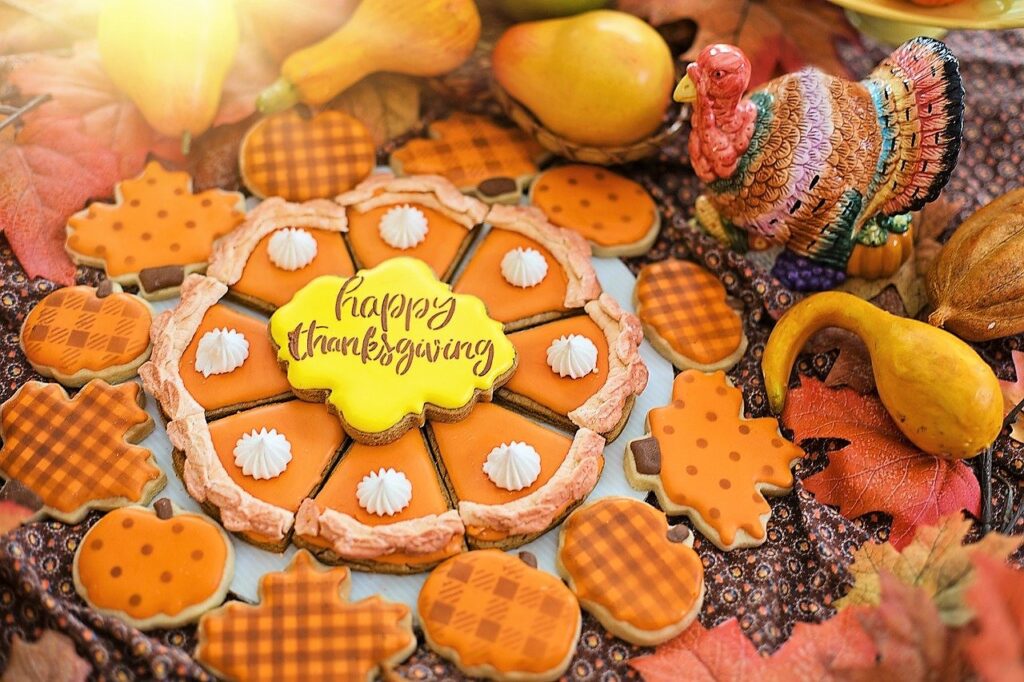
The tradition of feasting is relatively new, even though the holiday’s origin dates back almost 400 years. According to lore, the tradition to celebrate Thanksgiving can be traced to a simple meal in 1621. Plymouth colonists and Wampanoag Indians sat down to a three-day feast celebrating the year’s harvest. The meal consisted of venison, wild fowl, sea bass, cod, Indian corn, pumpkin and perhaps walnuts and plums.
In the 17th century, meals didn’t include many vegetables, and even potatoes and sweet potatoes were rather uncommon. The colonists had no sugar, either, so their feast was very different from today’s Thanksgiving dinners, which usually contain sweet pumpkin pie or at least some kind of dessert. While the meal must have been — for the times’ standards — an elaborate affair, it is hard to say if it is truly the origin of the Thanksgiving tradition since it was not repeated the following year. Instead, it might be more accurate to say that Thanksgiving as we know it has been progressively created over the centuries.
Debunking Thanksgiving Myths
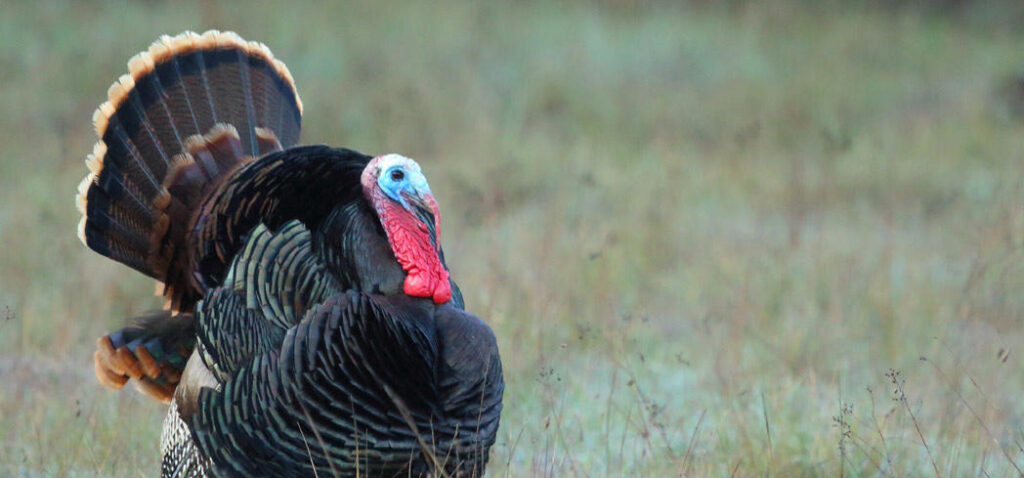
James W. Baker, Senior Historian at Plimoth Plantation in Plymouth, MA, says that the reason “we have so many myths associated with Thanksgiving is that it is an invented tradition. It doesn’t originate in any one event. It is based on the New England puritan Thanksgiving, which is a religious Thanksgiving, and the traditional harvest celebrations of England and New England and maybe other ideas like commemorating the pilgrims. All of these have been gathered together and transformed into something different from the original parts.“
The First Thanksgiving at Plymouth
Over time, the Thanksgiving tradition in the United States developed into a national holiday. In 1676, the governing council of Charlestown, MA, proclaimed June 29 as a day of Thanksgiving. Then, in 1789, George Washington declared a National Day of Thanksgiving on October 3. In 1863, President Lincoln chose the last Thursday in November for the same purpose, and President Franklin D. Roosevelt set the date for Thanksgiving to the fourth Thursday of November in 1939, a decision approved by Congress in 1941.
Clearly, what we celebrate today as Thanksgiving is very different from the first days of the holiday, but the point remains the same — taking time to recognize and give thanks for the year’s blessings. And what better way to celebrate the good things in life than with great food and family?
> For more information, visit the Pilgrim Hall Museum official site and the Plimouth Plantation official site.

